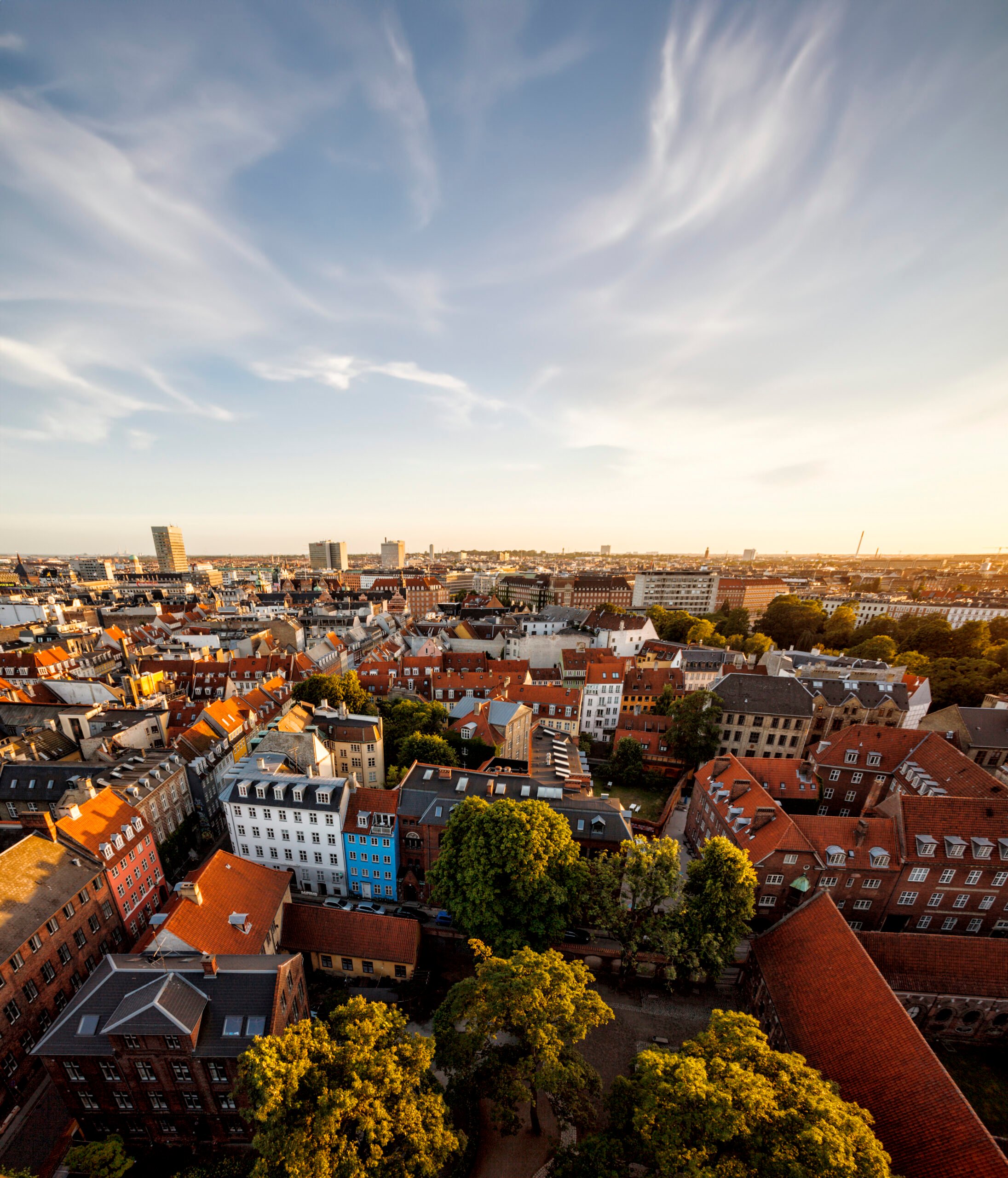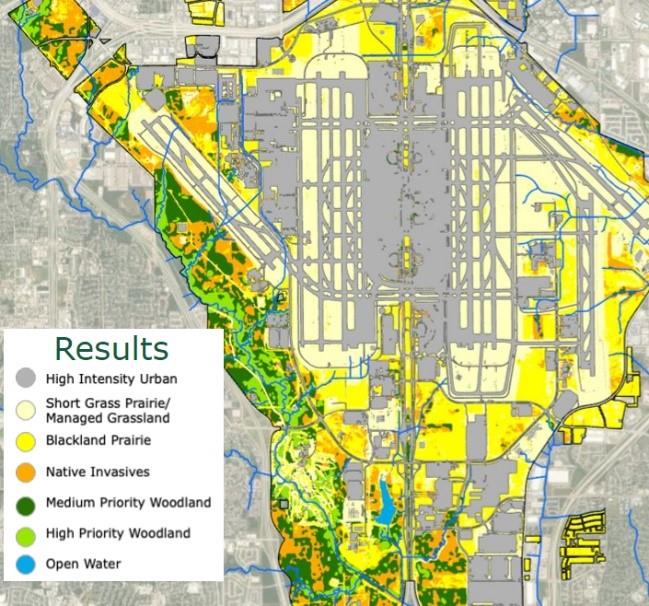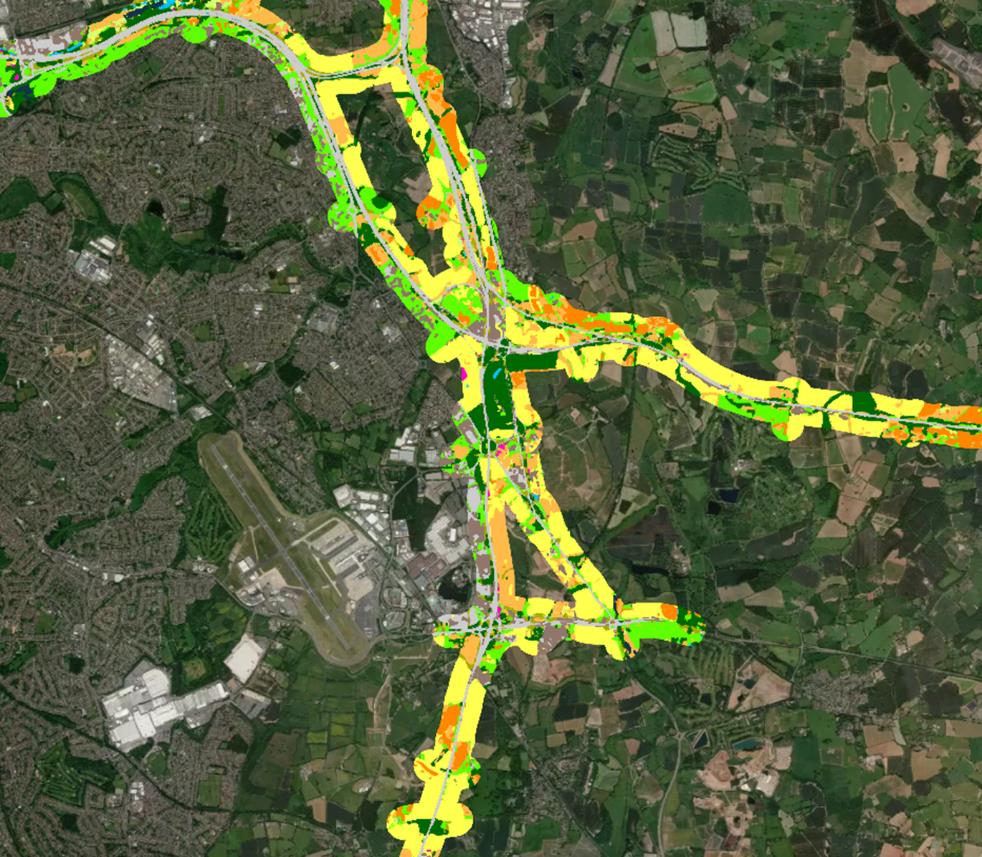News
Financing the green transition – how investments enable a sustainable future


Large capital needs
To realise the global ambitions for a green transition, large sums of finance are needed. According to a recent report from Copenhagen Economics, it has been estimated that investments of more than EUR 85 billion are needed for Denmark to reach its goal of a 70 per cent reduction of greenhouse gas emissions by 2030 (compared to 1990).
Similarly, the International Renewable Energy Agency (IRENA) estimates that global annual investments in renewable energy have to double from around EUR 280 billion per year today to EUR 635 billion per year towards 2030 to limit global temperature rise to 1.5 degrees Celsius.
Fortunately, according to the Danish financial sector, there is no lack of capital for projects based on a sound business model and this white paper includes a number of examples of already financed projects from around the world.
-Related news: Denmark’s Green Future Fund to boost green solutions
Green investments – from alternative to mainstream
“Governments need to set ambitious targets and put in place regulation that mitigates investor risk"
- Dan Jørgensen, Danish Minister of Climate, Energy and Utilities
Following a foreword by the Danish Minister for Climate, Energy and Utilites, Dan Jørgensen, part of the white paper focuses on institutional investors and pension funds and explores other sources of private financing including green mortgage loans and venture capital. Until recently, green investments were considered both alternative and high-risk.
However, between 2010 and 2019, more than EUR 2.28 trillion went into building new renewable capacity globally, primarily solar and wind energy and thus many investors are turning to green investments and are to a greater extent considering them mainstream rather than alternative.
“Governments need to set ambitious targets and put in place regulation that mitigates investor risk. At the same time, private investors must continue to explore new avenues to direct financial flows towards green investments,” writes Dan Jørgensen, Danish Minister of Climate, Energy and Utilities in the foreword of the white paper.
Blended finance as an investment model for high-risk markets
Developing countries around the world are experiencing a gap between the investments required to meet the commitments of the Paris Agreement, the Sustainable Development Goals and the financial investment opportunities available. The UN estimates the gap to be EUR 2.2 trillion every year.
Meanwhile, more than 10 per cent of the world’s population lacks access to electricity and one in three people around the globe lacks access to safe drinking water. The need for investments is urgent and blended finance models and various kinds of partnership, which are explored in the white paper, can be particularly helpful as investment models for high-risk markets.
-Related news: The Nordic countries to invest EUR 33 million in green and digitalised business sector
Financing a green revolution
While a number of existing technologies can take us quite far in the green transition, the invention of new products, technologies and services is crucial to realise the large political ambitions. Gaining access to financing is key for research, development, test and demonstration projects and, fortunately, a number of public support programmes exist to support both start-ups and scale-ups working in the green sector.
The white paper includes a number of already funded cases from around the world. The cases include for instance the story of the Net-Zero Asset Owner Alliance, the case of green mortgage loans for solar PV-projects, the ideas behind the Partnership for Blended Finance on Water and the background on the financing of the Power-to-X-project known as HyBalance.
Last but not least, the white paper includes a chapter on citizen involvement and the idea of creating large impacts with small investments. Cooperatives have a long history in Denmark and more recently, crowdfunding green developments has as well taken off.
It is our hope that the white paper can serve as an inspiration for how to finance the green transition and we invite you to learn more in the white paper.
Photo by Micheile Henderson on Unsplash















